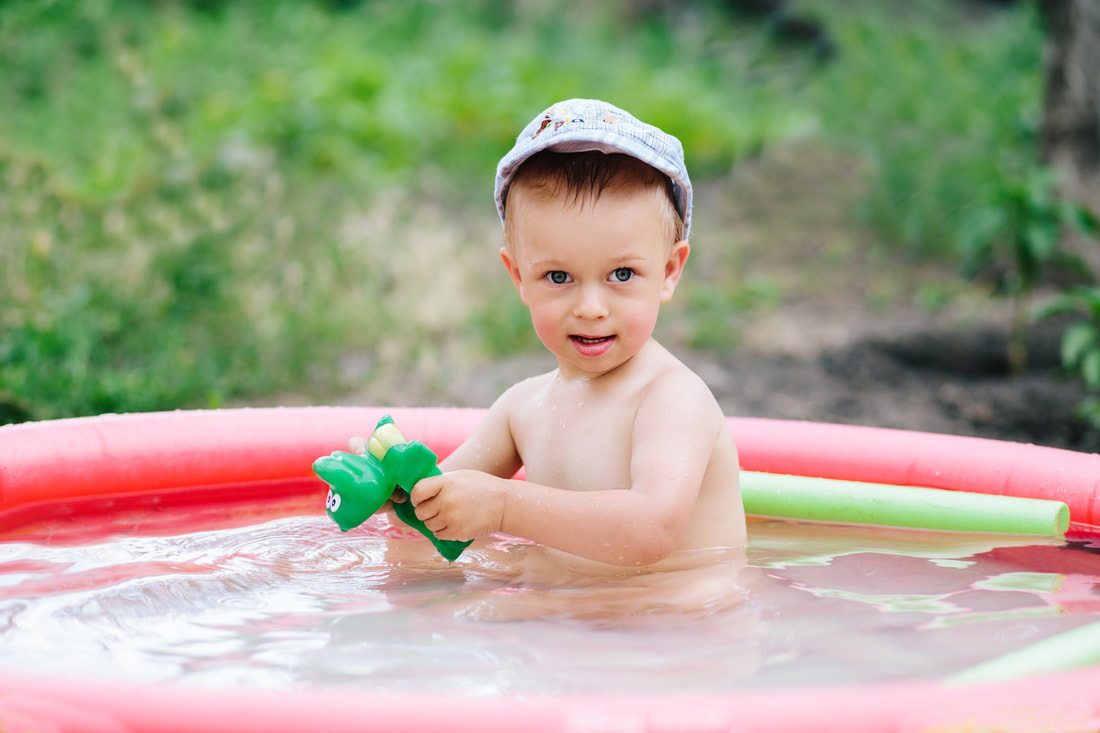Drowning |
Page 21 |
Drowning is a major cause of death among children under five years of age. Water safety presents a particular challenge for many early childhood professionals. Most drownings in this age group occur in home swimming pools. Water-filled bathtubs, wading pools, toilets, buckets or other containers are also places where young children can drown.
|
Children between the ages of one and four years are at greatest risk of drowning. These children are just learning to walk and explore. They excel at getting out from under the watchful eye of the educator. Small children are top-heavy; they tend to fall forward and head first when they lose their balance.
They do not have enough muscle development in their upper body to pull themselves up out of a bucket, toilet or bathtub, or for that matter, any body of water. Even a bucket containing only a few inches of water can be dangerous for a small child.
|
Wading in bodies of fresh water may carry the additional risk of injury from cuts, puncture wounds and infections. Standing bodies of water such as swimming pools, wading pools and hot tubs also have the potential for spreading disease, so they are not recommended for use with young children. Instead, the use of sprinklers is recommended.
Safety precautions must be taken to keep any water in the early childhood environment as risk-free as possible. Since any body of water poses a threat and young children can drown in as little as one inch of water, the outdoor environment should be thoroughly screened to detect hazards that may lead to the risk of drowning.
Children themselves pose a threat when a body of water is present in the outdoor environment. They move fast, are curious and do not understand their physical abilities. The majority of drownings occur within a surprisingly short period of time. Never, ever, leave a child alone, even for a moment, when there is a body of water in the outdoor environment. When outdoors and near the water, always reinforce safety for the children. If the children are allowed to play in water, plan this activity for the time when they are the least tired and the most alert. Teach children safe practices for swimming and playing in the water to further protect them. Have a telephone within easy reach at all times. Never leave the area when children are present for a moment, even to answer the phone.
Learn the proper response if there is a water emergency. Act immediately.
- Pull the child from the water and place the child on his/her back.
- Check for breathing, and clear the mouth and nose of any obstructions.
- Get another adult to call for emergency help.
- Begin rescue breathing or CPR as needed until the child is revived or help arrives.



